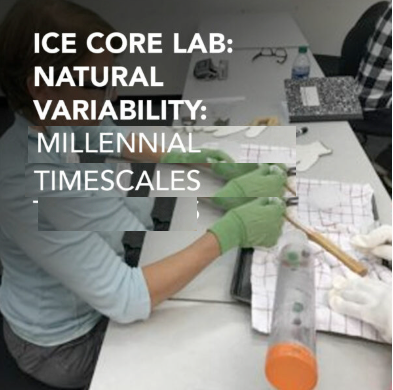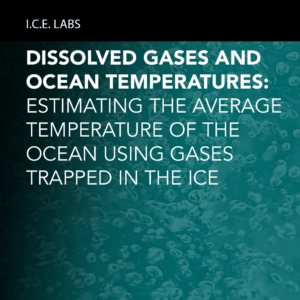A proxy is a substitute for an actual measurement. CO2 data from ice cores is not proxy data because the CO2 record is derived from measurements of ancient air bubbles trapped in ice. However, ice core temperature data is derived from a proxy. Isotope measurements of the water molecules that make up the ice reveal past temperature changes. In this lab, students will take on the role of scientists as they examine assigned layers of frozen ice core models and extract CO2 data and hydrogen isotopes. Together, the class will build a 20,000 year climate record.




